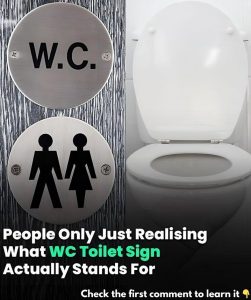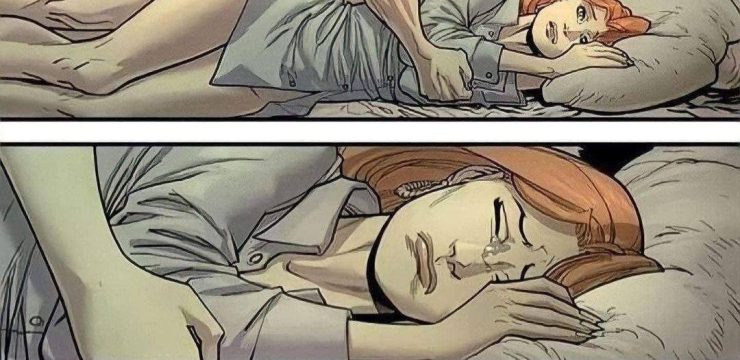
It turns out that many people are only now discovering the true meaning of “WC,” and it’s sparking a lot of interest online.
The internet is full of fun and surprising facts, from learning the proper use of a cheese grater’s fourth side to discovering what the initials in M&M stand for. Lately, there’s been a buzz about the meaning behind the “WC” sign, and it’s leaving people intrigued.
One person commented, “I’m glad someone asked! I’ve been wondering this for years but never thought to Google it.” Another added, “Can’t believe I’ve been seeing WC signs my whole life and never knew what it meant!”
“I was 23 years old when I learned,” shared another commenter, surprised at how long it took to figure it out.
Meanwhile, others are surprised that not everyone knew what “WC” meant. “I’ve known this since I was 13!” said one person. Another asked, “How can people not know what ‘WC’ stands for?”
So, what does it mean?
The answer is pretty simple: “WC” stands for “water closet.”
The term “water closet” dates back to the late 1800s in England when indoor plumbing was becoming more common in homes. Back then, homes often had separate rooms for bathing, called bathrooms, but no specific room for a toilet. Once indoor plumbing was introduced, toilets were often installed in small closets or spare rooms that had access to running water—hence the term “water closet.”
Over time, these “water closets” became more common, and the abbreviation “WC” stuck, especially in the UK and other parts of Europe. Today, we typically refer to these rooms as bathrooms, even though the term originally referred to a place for a bath, not a toilet.
A TikTok video by @itsnathannyc explains the history well: “Before indoor plumbing, we had a separate room for the bathtub—the bathroom. Once plumbing came along, the toilet was often placed in a closet, which became the ‘water closet.’”
This simple fact has roots in the history of indoor plumbing, showing how much everyday conveniences have evolved. Today, “WC” is still used to describe a room with a toilet, particularly in places where a bath or shower is not included.
According to Plumb World, the term “WC” was commonly used in the early 1900s because most toilets were installed in spare closets or cupboards. While the term has faded in some places, it’s still widely used to refer to a room with a toilet but no bath.
So, the next time you see a “WC” sign, you’ll know it stands for “water closet”—a piece of history that traces back to the early days of modern plumbing.





